-
×
-
×
-
×
-
×
Transform your aquatic environment with the beautiful Bulgarian Seal Point Angelfish, a colorful tropical cichlid perfect for novice fish enthusiasts seeking healthy aquarium fish., Easy Care Fish for Beginners and Enthusiasts 2 × £24.19
-
×
-
×
-
×
-
×
-
×
-
×
Subtotal: £409.98



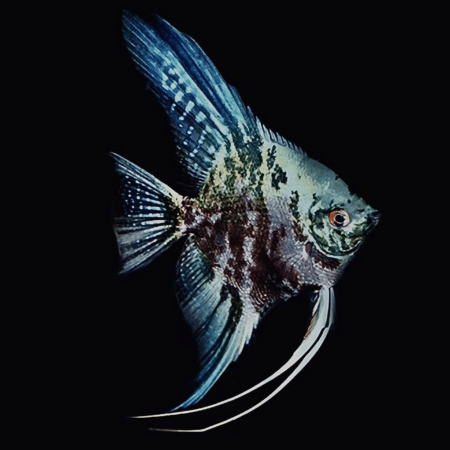
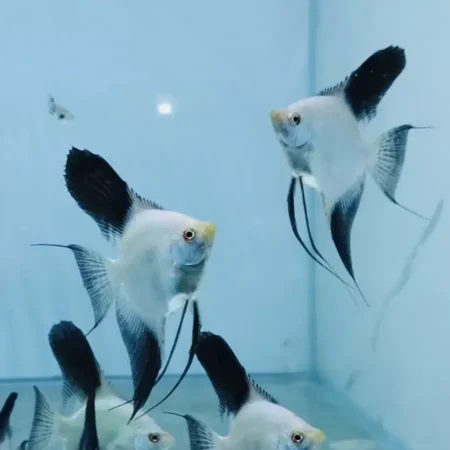 Transform your aquatic environment with the beautiful Bulgarian Seal Point Angelfish, a colorful tropical cichlid perfect for novice fish enthusiasts seeking healthy aquarium fish., Easy Care Fish for Beginners and Enthusiasts
Transform your aquatic environment with the beautiful Bulgarian Seal Point Angelfish, a colorful tropical cichlid perfect for novice fish enthusiasts seeking healthy aquarium fish., Easy Care Fish for Beginners and Enthusiasts 
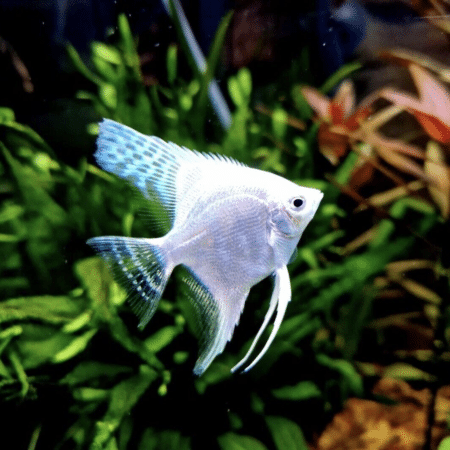


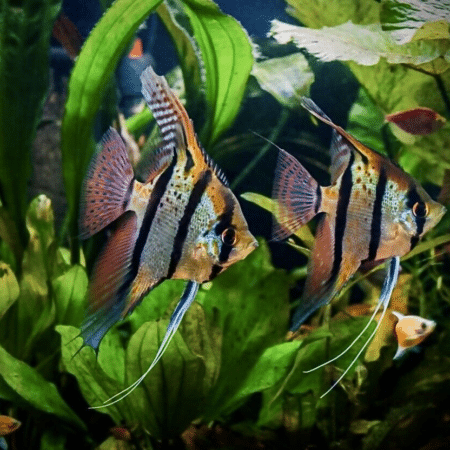

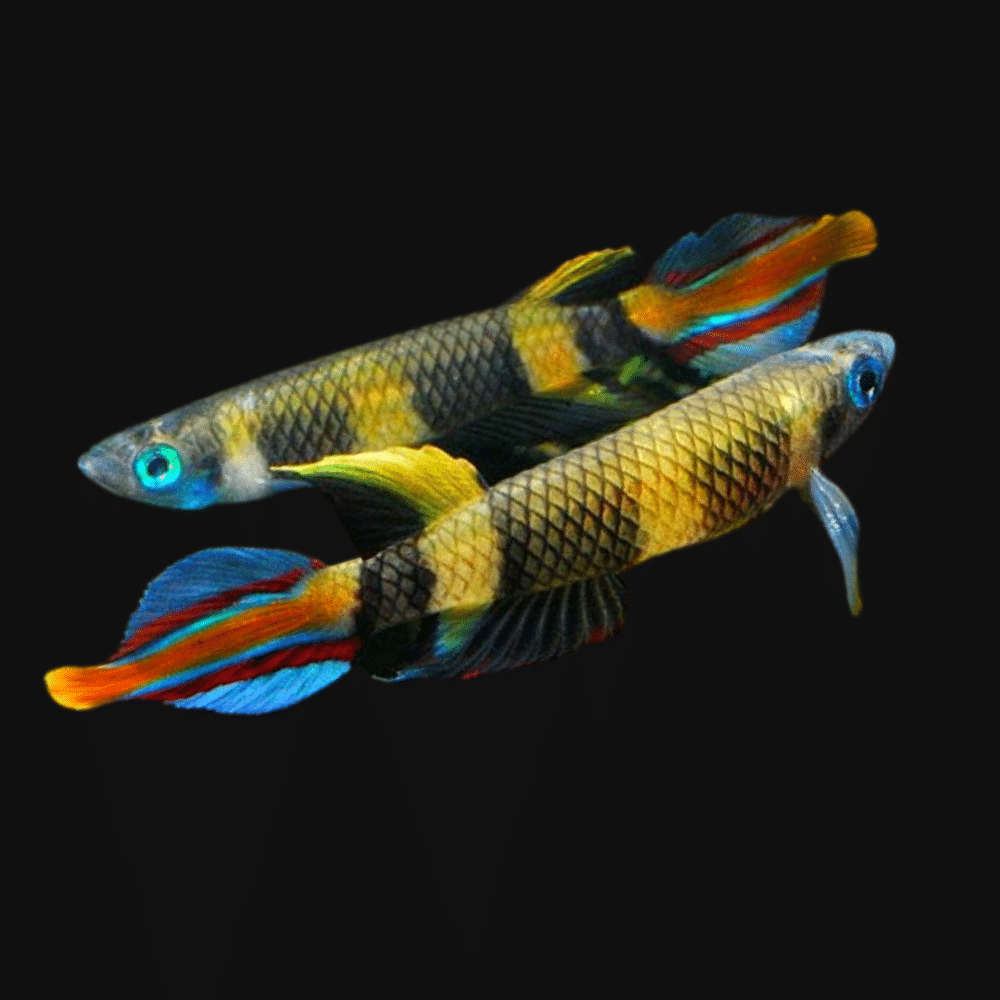












Emily Carter (verified owner) –
I recently added 10 Clown Killifish (Pseudepiplatys annulatus) to my 30-gallon freshwater setup, and I couldn’t be happier! These little guys are not only stunning with their vibrant colors and playful nature, but they’re also a great choice for aquarists who care about fish welfare. I’ve had them for about three weeks now, and they’ve really brought my aquarium to life.
What I find particularly impressive is their peaceful temperament, making them perfect companions for my other community fish. They dart around the tank, displaying their natural behaviors, and it’s a joy to watch! Compared to other killifish species I’ve kept before, the Clown Killifish are less aggressive and much more engaging.
The shipping was efficient, and they arrived healthy and active, which is so important to me as a caring fish parent. One minor concern is that they do appreciate some cover in the tank, so I recommend adding plants or decorations for them to explore.
Overall, I highly recommend these lovely little freshwater fish to anyone looking to enhance their aquarium with colorful and engaging pets. They’ve truly captured my heart!
Emily Carter (verified owner) –
I recently added 10 Pseudepiplatys Annulatus, or Clown Killifish, to my freshwater tank, and I couldn’t be happier! These little guys are vibrant, with stunning colors that really bring my aquarium to life. They’re so easy to care for, even as a relatively new aquarist. I’ve had them for about two weeks now, and they’ve settled in beautifully. I love watching them dart around and interact with each other; they have such friendly personalities! Compared to other tropical fish I’ve kept, these killifish are definitely more social and less territorial, which makes a huge difference in community tanks. If you’re looking for a peaceful, visually spectacular species, these killifish are the way to go. The only minor concern I’ve noticed is that they prefer slightly softer water, so I recommend checking your pH levels if you’re transitioning them into a new environment. Overall, I highly recommend Clown Killifish to anyone looking to enhance their aquarium. They truly brighten up my space, and I can’t wait to see how they thrive in the long term!